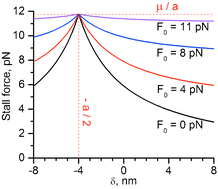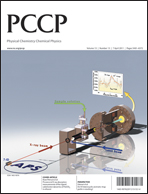Universal optimal working cycles of molecular motors
Abstract
Molecular motors capable of directional track-walking or rotation are abundant in living cells, and inspire the emerging field of artificial nanomotors. Some biomotors can convert 90% of free energy from chemical


 Please wait while we load your content...
Please wait while we load your content...